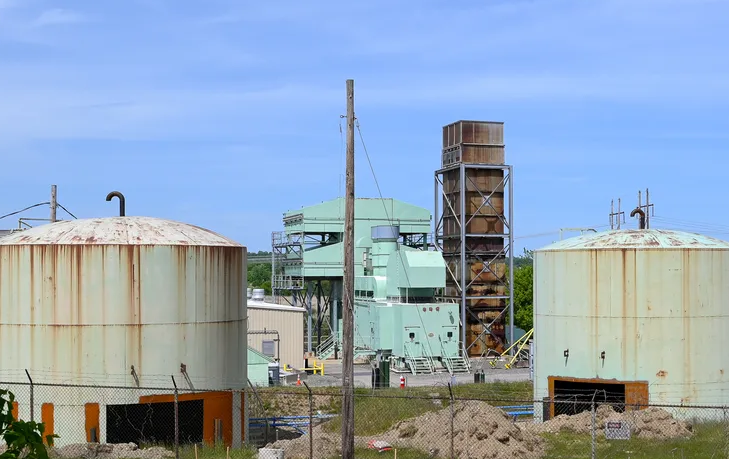
The climate is in crisis. The burning of fossil fuels is well known to be the primary cause. Yet the growth of fossil fuel infrastructure continues unabated, pouring gasoline onto our burning house. The cause of that is also well known: the fossil fuel companies’ preference for profits over the planet, and the government regulators who abet them. A recent article on WGBH.org by Sophie Hartley and Hannah Richter, “New Peabody ‘peaker’ power plant prepares to go online less green than promised” drew our attention for the way it exposed the systemic issues behind the lack of progress in decarbonizing power generation. The article begins: “The new Peabody power plant will soon start up for the first time, but it won’t be running on clean fuel as officials once assured. It will burn diesel and natural gas.” A flawed start, considering that the “clean fuel” referred to is a blend of hydrogen and natural gas. Clearly, some important background information was omitted from the analysis. While it was pointed out that the manager of the plant, Joe Anastasi, claimed (accurately) that the plant is equipped to burn natural gas, oil and hydrogen, what was left out was the fact that since hydrogen is less energy dense than natural gas, even burning a 10-20% blend would only result in a 2-4% reduction in carbon. Important context was also missing from the article in regard to the wildly optimistic projection from Brian Quinn, MMWEC’s director of engineering and generation assets, that the plant’s eventual goal is to convert to 100% green hydrogen, an endeavor which would require a complete and costly retrofit of the plant. In spite of the billions of dollars being poured into development of commercially viable quantities of green hydrogen, to date that goal is remote at best. According to a 2024 report from the Manhattan Institute, “…the prospects for manufacturing low-cost, emissions-free hydrogen by 2030 are unrealistic, barring major technological breakthroughs and their commercialization. Even if such breakthroughs do occur, the physical realities—and cost—to produce, transport, and store hydrogen make it inherently uneconomic as an energy carrier.” We don’t know if the developers of the Peabody peaker plant were engaging in wishful thinking or if they were simply positioning the plant as environmentally sound in order to gain approvals (despite knowing that their projections for the availability of green hydrogen were unrealistic at best); but the primary context for this situation, which was not explicitly covered in the article, is that the plant should never have been built in the first place. As Massachusetts struggles to achieve its decarbonization goals in this time of climate crisis, there was never a viable justification for building new fossil fuel infrastructure, particularly in an environmental justice neighborhood. For several years, community groups and environmentalists including Breathe Clean North Shore, Massachusetts Climate Action Network, Community Action Works, 350Mass, the Sierra Club of Massachusetts, the Environmental League of Massachusetts, GreenRoots, Extinction Rebellion and many other environmental groups opposed the plant, which was approved despite no health impact study or full environmental review being done. A 2022 study commissioned by the Massachusetts Climate Action Network (MCAN) found that residents living within 1.25 miles of the proposed facility have higher rates of cancer, chronic kidney disease, chronic obstructive pulmonary disease, coronary heart disease, and stroke than state averages. The study also found that these communities have a higher percentage of vulnerable populations and are already overburdened by roadways and facilities regulated by the MA DEP Bureau of Air and Waste. Health experts testified at a hearing that the operation of the plant would likely exacerbate these issues. And now the plant has come online, and will still be contributing to the state’s carbon debt and the poor health of the neighborhood 20 years from now. This despite the fact that clean alternatives, such as battery storage that can come online quickly to support peak power needs, are available. MMWEC, the developers of the plant, followed the strategy in use by energy companies around the country: touting the blending of hydrogen with natural gas for power generation as a “cleaner” alternative to natural gas alone. But it’s a misleading and impractical tactic that is clearly aimed more at maintaining fossil fuel infrastructure than at reducing their contributions to the climate crisis. And the government is backing it: the Biden administration is promoting $50 billion in public-private sector investment to “jumpstart clean hydrogen”. But clean hydrogen is more expensive and less practical than renewables like wind and solar combined with battery storage. To quote the Manhattan Institute report, “more energy is required to manufacture hydrogen than that hydrogen contains. No technology can change this immutable thermodynamic fact.” |